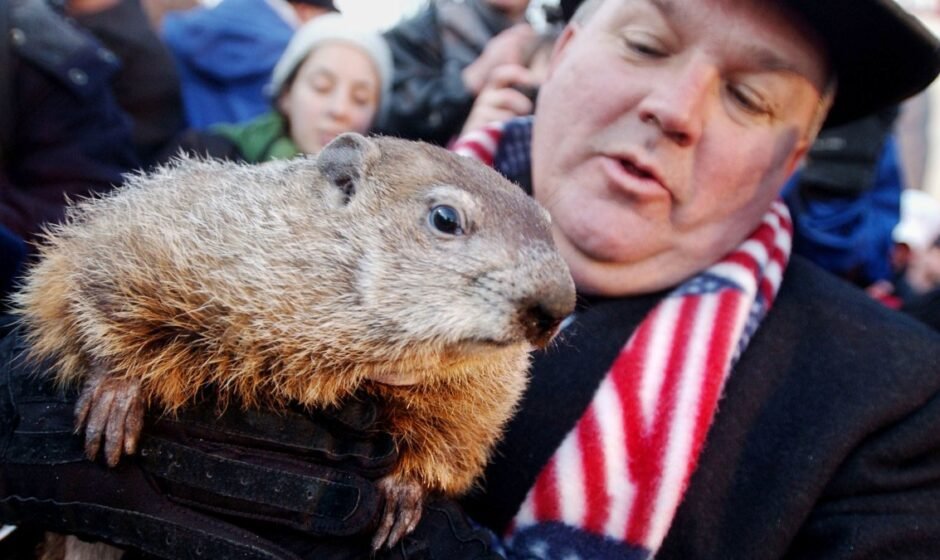Groundhog Day, the day when a rodent becomes America’s most famous meteorologist, is upon us.
According to legend, if the groundhog sees its shadow, we’re in for six more weeks of winter. If it doesn’t, then an early spring is on its way.
However, recent analysis suggests that climate change is throwing off the groundhog’s forecast, making a coin toss more accurate in predicting the weather.
Actual meteorologists have always been skeptical of the groundhog’s predictions. “There’s no scientific basis whatsoever. It’s a rodent for crying out loud,” says NBC Boston meteorologist Tevin Wooten. “It can’t even speak, so maybe they’re just misinterpreting what Phil is actually saying.”
Moreover, weather data from a division of the National Oceanic and Atmospheric Administration reveals that Punxsutawney Phil is only accurate 40% of the time, with even lower accuracy for the western U.S. region. In Philadelphia, not too far from Phil’s home burrow, his accuracy is no better than a coin toss.
Further analysis by independent nonprofit research group Climate Central found that if the groundhog just predicted an early spring every year, he would be twice as accurate as he is now.
The effects of climate change have resulted in an early spring occurring 8 out of the last 10 years.
So, what’s causing the groundhog’s inaccurate forecasts?
One reason is climate change. Winters are warming, with New England experiencing an average temperature increase of 3 to 4 degrees. This warming trend is affecting the groundhog’s ability to accurately predict the duration of winter.
Another possibility is that the groundhog being used for the predictions may not be as accurate as previous ones.
Animal rights group People for the Ethical Treatment of Animals (PETA) is advocating for a change in Groundhog Day traditions. They propose replacing Punxsutawney Phil with a fake groundhog powered by artificial intelligence or even an enormous gold coin, which they believe would provide more accurate predictions as our planet continues to warm.




